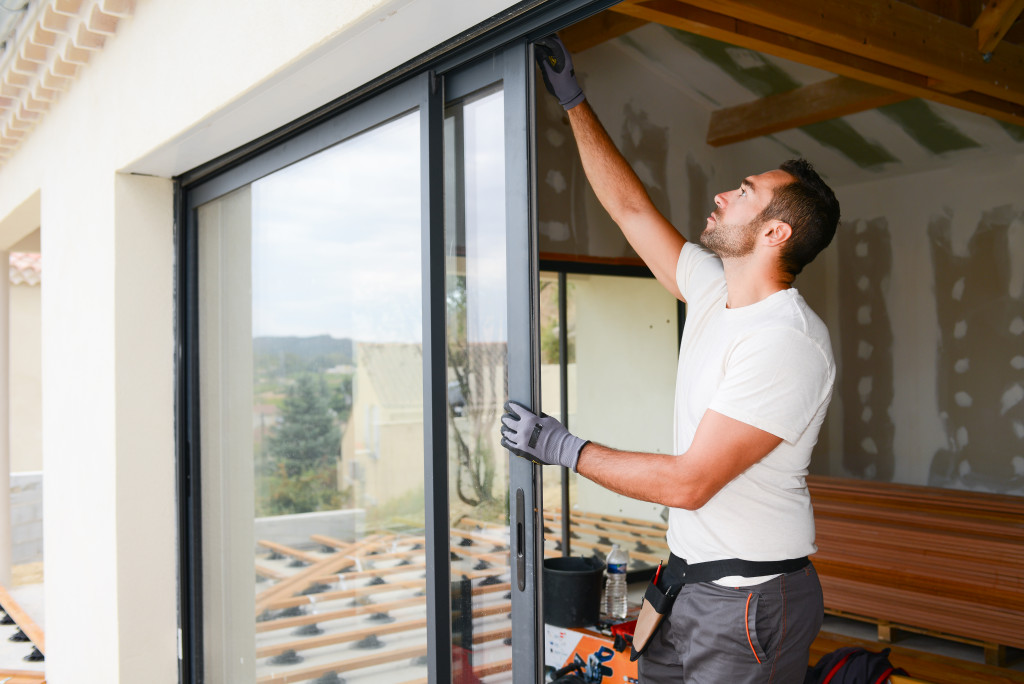Americans spend 90 percent of their time indoors, according to the United States Environmental Protection Agency (EPA). This has increased further during the pandemic when people stayed home most of the time. The quality of indoor air, especially in the home, is therefore critical to people’s health and well-being.
The EPA identifies two conditions that result from unhealthy indoor environments. Sick building syndrome (SBS) has no specific identifiable cause but has symptoms including headaches; irritation of the eyes, nose, and throat; dry cough; dizziness with nausea; itchy skin; fatigue; problems with concentration; and odor sensitivity. The symptoms disappear a short period after leaving the building.
On the other hand, building-related illness (BRI) can be directly linked to identifiable causes in the indoor environment. Symptoms may include chest tightness, coughing, muscle aches, fever, and chills. Some types of BRI are inhalational fever; humidifier fever; legionella infection, hypersensitivity pneumonitis, asthma, and other respiratory diseases; heart disease; and various types of cancer. Recovery may take a long time even if the person is removed from the building. Both SBS and BRI can occur in homes.
Maximize Ventilation and Cleanliness
One of the most basic ways to reduce indoor air pollution is to improve the ventilation system. Ensure that the heating, ventilation, and air conditioning (HVAC) system enables maximum inflow and circulation of outdoor air indoors. Install exhaust fans to suck out contaminated air and increase the inflow of fresh air.
Exhaust fans also help air out areas prone to moisture and high humidity. These can become breeding grounds for molds, mildew, and insects. Humidity in the home must be maintained between 30 to 50 percent. Use a dehumidifier if needed.
The HVAC system must have high-efficiency particulate air or HEPA filters that capture 99.97 percent of airborne particles of at least 0.1 microns. This includes dust, mold, pollen, bacteria, and even viruses. Portable air cleaners with the same HEPA level in every room further assist in air cleaning. Make sure that the size of the air cleaner is proportionate to the size of the room.
Hire a professional air duct cleaning service as needed. The air ducts can be clogged not only with dust and debris from the air but also molds. They can also be infested with insects and rodents.
Vacuum the entire house regularly. Use a steam vacuum that not only sucks up debris but also steams and dries the surface with each pass. Choose one that vacuums even dust mites and traps dirt in the water. This way, the disposal will not release particles into the air.

Prevent Indoor Air Poisoning
There are many sources of inhaled poison indoors. Fuel-burning fireplaces, gas stoves, wood stoves, and space heaters produce carbon monoxide, nitrogen dioxide, and tiny airborne particles that are dangerous. These are carried away from the home through chimneys, vents, and flues.
Buy only fuel-burning appliances that meet the emission standards of the EPA. All fuel-burning appliances and their accessories must be checked yearly for leaks and any damage. Filters must be changed monthly or every two months.
Install a carbon monoxide detector and alarm in every room. Prolonged exposure to this odorless and colorless gas is deadly.
Buy a state-certified home testing kit for radon. This gas enters the home from the soil and causes lung cancer with an estimated 14,000 fatalities a year in the U.S. If your house has radon hire a certified contractor who has the technical knowhow to fix the problem.
Homes built before 1978 could have lead paint. When painted surfaces rub against another surface, such as in opening windows, this could produce lead dust. This affects the central nervous system, brain, kidneys, and blood cells. In fetuses and children, it causes developmental problems. Have your home checked for lead paint. If detected, hire a lead specialist to remove it. The house must be completely vacated. It must be thoroughly cleaned before the occupants are allowed to return.
Older homes are also likely to have asbestos materials. When disturbed, these release fibers into the air. The inhalation of asbestos fibers causes lung cancer, mesothelioma, and lung scarring that is irreversible and potentially fatal. You must hire an asbestos specialist to remove it from your home. Again, occupants must vacate the home during the process.
Pesticides are often taken for granted as poisons. The EPA recommends using natural non-chemical pesticides. When hiring a pest control company, choose one that uses only natural and safe products.
Household products can also have toxic chemicals. Ensure that they are out of reach of children and that children are not in the vicinity when they are used. Strictly follow instructions for usage. Purchase only what you can immediately use up so that you do not have much in storage.
Keeping the Home Safe
You must ensure that your home is safe not only from external dangers such as break-ins and burglary. It is just as important to prevent in-house hazards. Proper testing will identify problem areas for immediate treatment.

